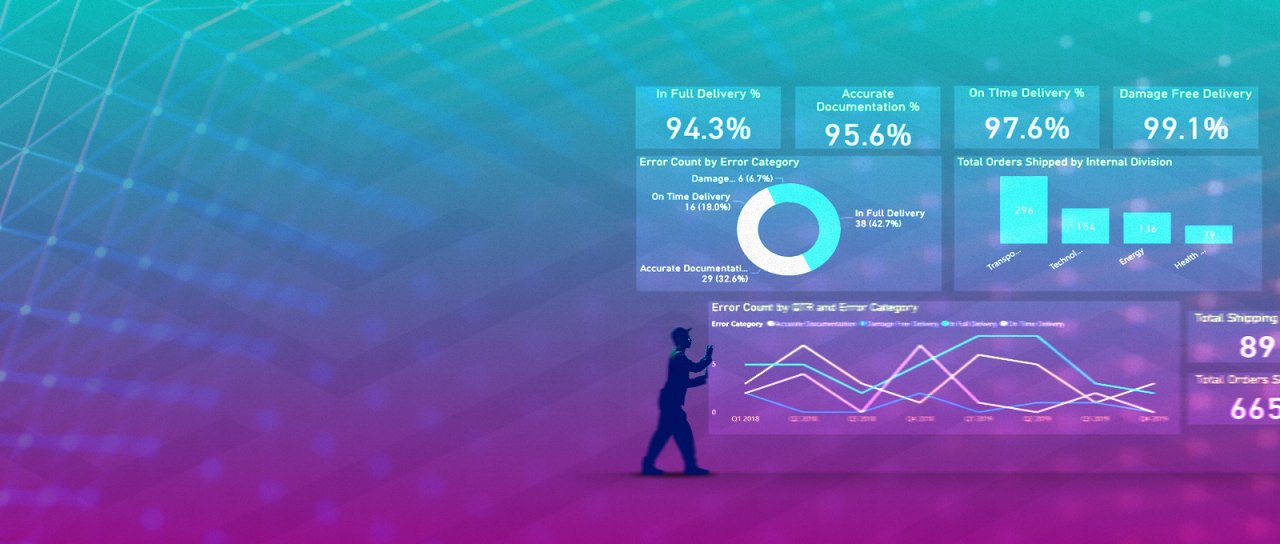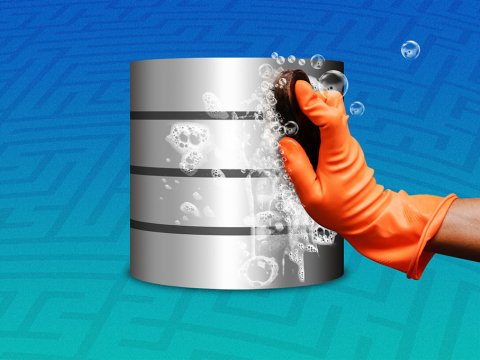BI Strategy – It's Not Just About Dashboards
As business intelligence tools mature, it’s becoming easier for everyone to reach decisions faster.
Contributors: Leslie Squires-Gimple, Antonio Galvan
Data is vital to business success and IT leaders are under more pressure than ever to support the need for fast, accurate data. Business intelligence (BI) tools help organizations turn data into business insights that inform decision making. Traditionally, these tools were cumbersome and required a significant amount of labor and expertise to crunch the data and produce visualizations that enabled stakeholders to connect the dots and gain actionable insights.
New BI tools take the data points and tie them into a story that drives insights. Instead of spending hours swimming in data with no clear conclusion, leaders can instantly consume insights that direct decisions. As BI tools mature, it’s becoming easier for technical and non-technical users to access data, process it in real-time, build visualizations and reach decisions faster.
However, the tools alone can’t deliver these benefits without addressing underlying data and BI workflow maturity issues within the organization. In a recent survey, over a third (37%) of high-performing data organizations cited the inability to process data quickly enough to act on it as a barrier to actionable insights. To achieve trusted, real-time, consumable output from BI tools, organizations must navigate the stages of BI maturity. It’s not about changing the data; the goal is to clean it up and streamline the output to make it more digestible.
The path to BI maturity
Few organizations have mature BI workflows. Most are at the infancy stage with manual processes and antiquated tools. Excel farms are pervasive in the infancy stage. Though not optimal, users are familiar with Excel as a cornerstone of business reporting. Even if you put the numbers into a dashboard, people may still export and distribute the data in a spreadsheet.
Organizations typically don't have the resources, the budget, the tools and the know-how to move from Excel farms to integrated, mature data pipelines and optimized BI tools and workflows.
The journey follows five stages:
Moving through these levels requires the following key components:
- Strategy: Establish a North Star to guide your path toward democratized data that is trusted and readily available.
- Usability: Focus on simplicity with tools that are easy to use, respond quickly and incorporate interface design best practices.
- Change management processes: Data teams must have a process in place to govern changes that include documentation, quality checks, observability, defined metrics, how it’s represented and what it drives to earn trust and ensure clean data.
- Defined metrics: To make sure everyone — inside and outside of IT — are on the same page and to establish consistency, define terms and determine what's in scope, how data is calculated and what data streams are involved.
- Data literacy: The entire organization should be educated on metrics, data hygiene, data sources and how data points are collected.
Overlooked elements in the BI maturity journey
Along the journey to BI maturity, there are three critical areas that organizations commonly overlook. Without attention, these areas could derail progress, create more inefficiencies, waste budget and decrease morale.
Data literacy
Whether it’s a developer or a stakeholder, having a good understanding of what the other person is talking about helps to bridge the gap. Even if you have an established data literacy program, if it isn’t clicking, data leaders have to be willing to dig deeper to ensure understanding. In addition to improving data quality, data literacy helps to get buy in and acceptance that allows a data program to evolve into dashboards and visualizations that spark ideas.
Maintaining context
Unlike data governance, this is KPI/BI governance. Often when people leave an organization, they take the contextual understanding of data processes and KPIs with them. A mature BI program should include detailed documentation on processes and responsibilities so that everyone knows who’s in charge, how it’s managed, how often it’s updated and the impact that it's driving.
Demonstrating trust
We use an ISO-like seal on our dashboards to establish trust. The seal can confirm the data has been vetted and is trusted, defined and secure. With consistent use, this seal starts differentiating your data organization. You don't have to go into a meeting and talk about the differences in data; instead, you're talking about the outcomes.
Achieving BI maturity
The Rackspace Technology Data Office’s experience with NPS/churn traveled the aforementioned steps toward BI maturity. We started with data silos, multiple tools and a disjointed strategy. After we started measuring it and getting the data in front of stakeholders, the insights sparked interest and questions. Why was NPS so high last month? What made so many customers churn this month? We found that, if you measure it, you improve it.
Visualization provided a jumping off point to drive buy-in and make stakeholders want to action on the data. Instead of just providing a dataset, we had a chance to compile the right data points and present them in a way that enables fast decision making. That’s the ultimate goal, for the organization to use the data to make better decisions. Using this framework, we enabled an 11x uptick in usage of visualizations over the previous self-service data platforms.
This year, one of the things that we’re focusing on is driving data literacy using dashboard data to find gaps and to help stakeholders better utilize tools. By using platform functionality, we can hold stakeholders accountable for using the available data and to identify ways to improve the tools so that they are excited about using them. By addressing data silos, dirty data and redundancies that complicate the path, we’ve fundamentally changed how we work together and solve problems today. That’s the transformative aspect of good BI.

Tackling AI and Machine Learning’s Biggest Barrier – Data Modernization
About the Authors

Chief Information Officer
Juan Riojas
As Chief Information Officer at Rackspace Technology, Juan Riojas is responsible for enterprise-wide data strategy, management, and analytics to meet the need of the business to answer critical questions through time to insight. He has more than 20 years of industry experience successfully migrating data ecosystem across all public clouds, leading to significant business transformation outcomes. Prior to Rackspace, Juan worked for Informatica building their inaugural Data Office and has held various executive leadership roles at Gogo, Dell, Accenture, and Expeditors. A native of Texas, Juan attended Texas A&M International University, where he studied business administration and holds a post graduate degree from Said Business School, Oxford University
Read more about Juan RiojasRelated Topics




